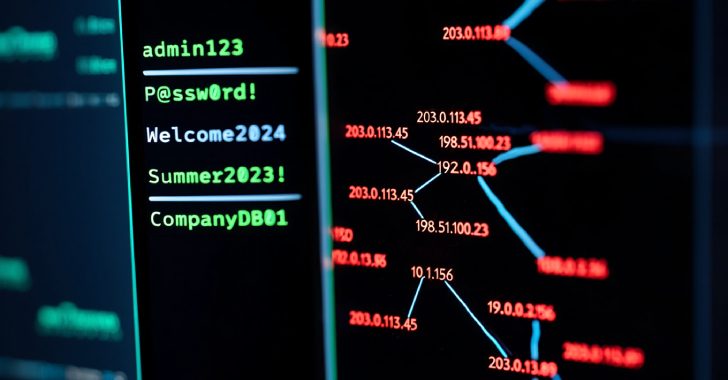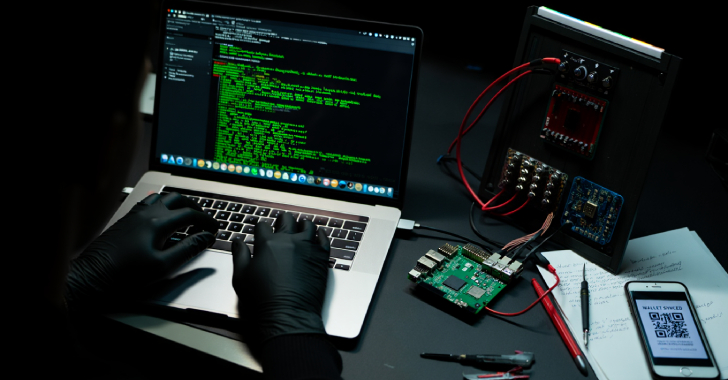This Election Day, Survey Reveals Cyber Experts Across the Aisle Believe In Paper Ballots, Same-Day Counting
As Americans cast their votes in one of the most closely watched elections yet, cybersecurity experts across party lines are coming together to suggest a solution that may surprise you.
The Consensus?
It might be time to ditch the complexities of digital voting and return to the basics: paper ballots, counted on the same day.
Despite our technological advancements, many experts believe simplicity could be the safest way to secure our democracy. Paper ballots, verified by voters, and counted on Election Day provide a secure, auditable backup that reduces opportunities for interference, confusion, and manipulation.
Cyber Pros Are Seeing the Risks, Together Cybersecurity professionals from all backgrounds recognize the vulnerabilities in today’s voting systems. These systems—whether they involve voter registration databases, ballot scanners, or other infrastructure—carry potential risks, from insider threats to data breaches. Paper ballots offer a physical paper trail that digital solutions can’t replicate, supporting a transparent, verifiable, and reliable election process. The Brennan Center for Justice confirms this by calling paper ballots one of the most effective security measures available.
The Reality: Complex Systems, Higher Risks The current U.S. voting landscape is a patchwork of varying systems that fall into three main categories:
- Paper Ballots: Reliable and easy to audit.
- Ballot Marking Devices: Produce a paper ballot but still carry vulnerabilities.
- Direct Recording Electronic Systems (DREs): Fully digital with no paper trail, which increases risks significantly.
The drive toward paper ballots has gained momentum, and more states are transitioning to paper records that allow for post-election audits.
Why Same-Day Voting and Counting? For many cybersecurity experts, casting and counting votes on the same day just makes sense. It minimizes risk by ensuring ballots are handled in a secure, controlled timeframe. Paper ballots, counted on Election Day, create a clear record of each vote, reducing the risk of tampering or delay.
The Big Question: Why Aren’t We There Yet? The vulnerabilities of digital voting have been apparent for years, and yet many challenges remain. Experts are puzzled—and frustrated—that more hasn’t been done to ensure secure, resilient election processes through paper ballots and same-day counting. CISA’s “Rumor vs. Reality” campaign is addressing misinformation, but the progress toward secure, auditable elections still needs momentum.
Bottom Line: Simpler Is Stronger In a world of sophisticated cyber threats, the simplest solution may be the most effective. Returning to paper ballots and same-day counting can restore confidence, transparency, and resilience in our election process—exactly what our democracy needs to stay secure.
For practical, straightforward security solutions like these, contact us at Cyber Defense Advisors. We’re here to cut through the complexities, ensuring that your security systems are both simple and robust.
Contact us today and take the first step toward a more secure future.






